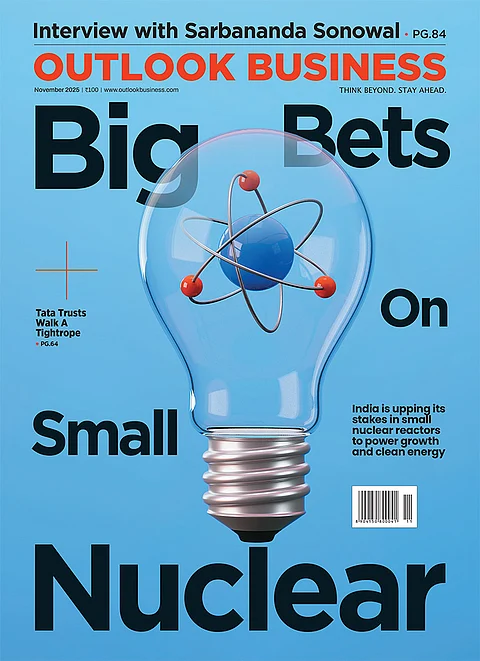The upcoming festive season is expected to provide the Indian economy the relaxation it needs after inflation in the country reached to a record high in July. India’s retail inflation surged to a 15-month high of 7.44%, due to an abnormal rise in prices of vegetables, especially of tomato. The main reason behind this was attributed to scanty rainfall observed in the key parts of the country.
While inflation is expected to remain elevated in August and September as well, the country will look towards the festive season to cushion the impact of rise in food prices. Typically, between the period of August and December, robust urban demand is seen around occasions such as Raksha Bandhan, Janmasthami, Ganesh Chaturthi, Dussehra, Diwali, and Christmas.
“Expected pick-up in sales will provide a fillip to the consumption demand in the upcoming festive season,” said Sarbartho Mukherjee, Senior Associate Economist, CareEdge Ratings. “Urban demand is likely to hold up, while there are some signs of distress in the rural regions.”
In its August policy review announcement, the Reserve Bank of India expressed faith in the upcoming festival season to provide support to the country’s economy while inflation looms in the background. The central bank’s confidence was seen when it kept its projection of India’s GDP growth for FY24 unchanged at 6.5%, with its quarterly estimates also untouched.
The growth estimate remaining the same came as a positive signal from the central bank as it raised its inflation forecast for FY24 to 5.4% from 5.1%. It scaled up its projection for the second quarter to 6.2% from 5.2%, and to 5.7% from 5.4% for the third quarter.
“We expect inflation in Jul-Sep quarter to exceed the MPC’s forecast, with moderation below 6% foreseen after that,” said Aditi Nayar, Chief Economist, Head of Research and Outreach ICRA Ltd.
According to economists, despite the possibility of prices of vegetables easing after the measures rolled out by the government, inflationary pressures are still expected to remain above the tolerance band. Barclays in a report has projected India’s retail inflation to be around 7.3% in August.
Such caution on the inflation front makes it crucial for the country to continue on its path of resilient economic activity. Hence, economists bet on the festive season to rope in private investments and boost job creation, while underlying the need to keep an eye on the urban demand indicators.
“Among urban demand indicators, domestic air passenger traffic, passenger vehicle sales and household’ credit are exhibiting sustained growth,” said RBI Governor Shaktikanta Das, in his August policy review statement. “The upcoming festival season will support India’s growth through good private consumption and investment activity.”
India’s domestic air passenger traffic volume surged 25% on year to 1.21 crore passengers in July, according to DGCA data. Meanwhile, total passenger vehicle sales in the country increased by 3.2% on year to 3.5 lakh units in the month, as per the data released by SIAM.
Going forward, where resilient economic activity continues to tackle inflationary pressures, fear is also for the El Nino.
The India Meteorological Department has predicted that the impact of El Nino will come into full play in the second half of the southwest monsoon this year. The El Nino phenomenon refers to an abnormal warming of surface waters in equatorial Pacific Ocean, which suppresses rainfall. India, since June 1 has already received below normal rainfall.
With significant parts of India receiving not enough rainfall in last three months, and predictions of below normal rainfall in September as well, analysts post a cautious outlook for the coming months. Therefore, the expectation is that festivals will help boost the economy.






























